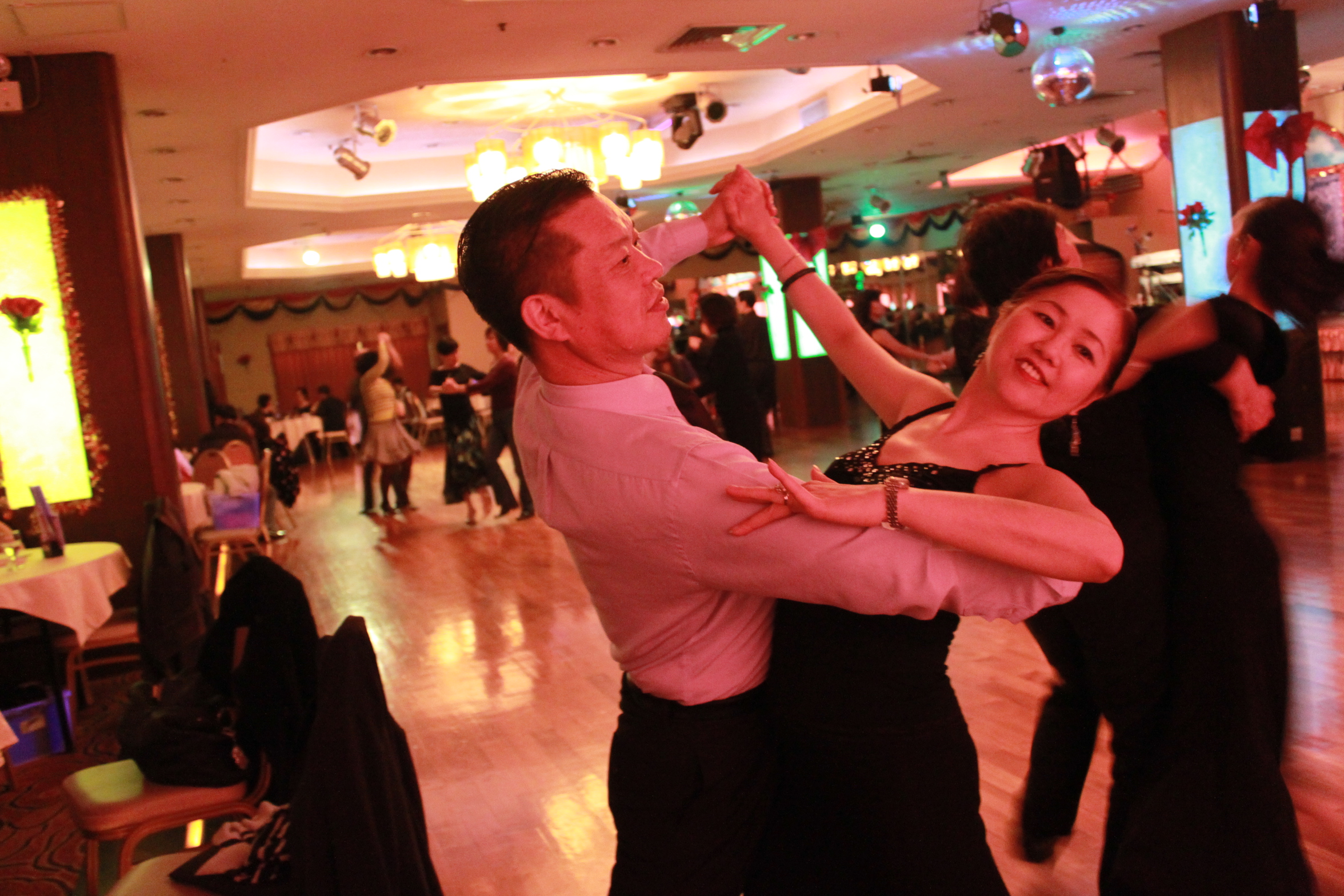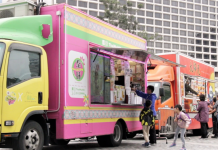Editor: Joana U
Reporters: Nicole Chan, Astina Ng
It was afternoon, but the sparkling lights were already turned on in the upstairs teahouses and ballrooms. Pairs of middle-aged dancers were in their dancing shoes, moving fluidly to the music played by the live-bands. They may not be professionals but they take their hobby seriously.
Tea dances were fashionable and wildly popular for young people in the 1960s. But with the rise of other activities like karaoke, the tea dance fell into decline.
Tea dance was defined as the dance session from two to six in the afternoon, the time for afternoon tea. Some liked to spend their whole afternoon in the dance hall, dancing freely and happily.
Although the golden age of the tea dance has past, the activity experienced a mini-revival more than a decade ago. It has now become a niche interest among the middle-aged in Hong Kong.
To cope with the increasing rent, some dance halls have moved upstairs. Some tea dance venues are Chinese restaurants equipped with dance floors. Most venues hire live bands to provide the music for customers to dance to.
Middle-aged couples can relive the past, meet their friends in ballrooms during tea-time and share the joy of dancing together. It costs about $60 to $200 for each four-hour session.
Mr and Ms Tang, a couple who has danced for over ten years, said that tea dance is suitable for all ages. Although they are in their late sixties, dancing regularly keeps them active and fit. They have loved music since they were young and now they have fallen in love with dancing. They vow to dance until they drop.
But the tea dance is not a leisure activity that can be taken lightly. Some professional training is needed. Dancers need to follow the proscribed steps and keep up with the rhythm of the music. Eric Wong, an experienced coach, gives lessons regularly in the Shatin Sunbeam Teahouse. He believes that tea dance is growing in popularity as his students are getting younger.
Martin Cheung, a manager of a ballroom in Mong Kok, says tea dance boomed again 12 years ago. But Cheung points out there is little room left for improvement in terms of facilities and services because the gross profit margin is fixed due to the maximum number of customers on any given day. It is difficult to survive in the industry.
As the tea dance session drew to a close, the bright lights came on and the dancers began to leave. Silence returned to the ballroom as Cheung and his co-workers took some time to rest before preparing the venue for the evening dance. Perhaps opening for more sessions is just another way to survive.










































